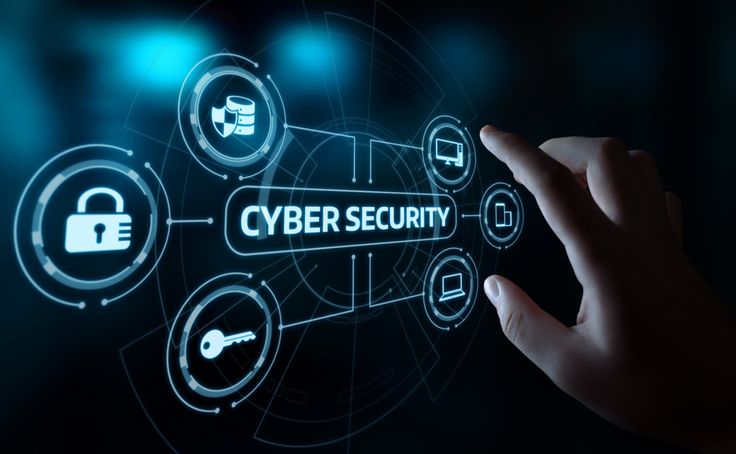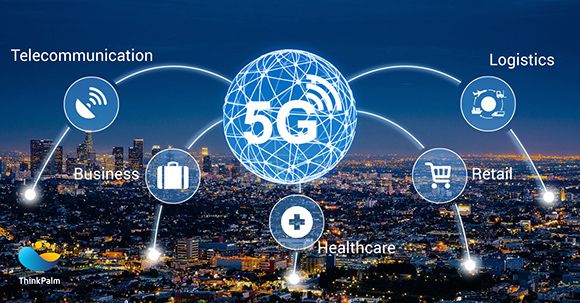In the digital age, cybersecurity is more important than ever as businesses, governments, and individuals rely increasingly on digital technologies to communicate, transact, and collaborate. With the proliferation of cyber threats and the growing sophistication of cyber attacks, safeguarding against evolving threats requires a proactive and multi-faceted approach to cybersecurity.
One of the most significant challenges in cybersecurity is the rise of sophisticated cyber attacks that target vulnerabilities in software, networks, and devices. Cybercriminals employ a variety of tactics, techniques, and procedures (TTPs) to breach defenses, steal sensitive information, and disrupt operations, including malware, ransomware, phishing, and social engineering. To counter these threats, organizations must adopt a multi-layered defense strategy that combines technical controls, user education, and threat intelligence to detect, prevent, and respond to cyber attacks effectively.
Furthermore, securing the supply chain has become increasingly important as organizations rely on third-party vendors and suppliers for critical products and services. Cybercriminals often target supply chain partners as a vector for cyber attacks, exploiting vulnerabilities in software, hardware, and firmware to infiltrate networks and compromise systems. To mitigate supply chain risks, organizations must implement robust vendor management practices, conduct thorough security assessments, and enforce contractual obligations to ensure that suppliers adhere to cybersecurity best practices and standards.
Another key challenge in cybersecurity is the growing complexity of IT environments, which can make it difficult to identify and mitigate security vulnerabilities and threats effectively. As organizations adopt cloud computing, IoT devices, and hybrid IT architectures, the attack surface expands, creating new opportunities for cybercriminals to exploit weaknesses and gain unauthorized access to networks and data. To address these challenges, organizations must implement comprehensive security controls, such as network segmentation, access controls, and encryption, to protect sensitive information and prevent unauthorized access.
Moreover, securing remote workforces has become a priority for organizations as the COVID-19 pandemic has accelerated the shift to remote and hybrid work models. Remote employees often use personal devices and unsecured networks to access corporate resources, increasing the risk of data breaches and cyber attacks. To secure remote work environments, organizations must implement secure remote access solutions, enforce strong authentication measures, and provide cybersecurity training and awareness programs to educate employees about the risks of remote work and how to mitigate them effectively.
Overall, cybersecurity is a dynamic and evolving field that requires continuous vigilance, adaptability, and innovation to stay ahead of emerging threats and protect against cyber attacks. By adopting a proactive and multi-layered approach to cybersecurity, organizations can mitigate risks, safeguard sensitive information, and maintain the trust and confidence of customers, partners, and stakeholders in an increasingly digital world.





